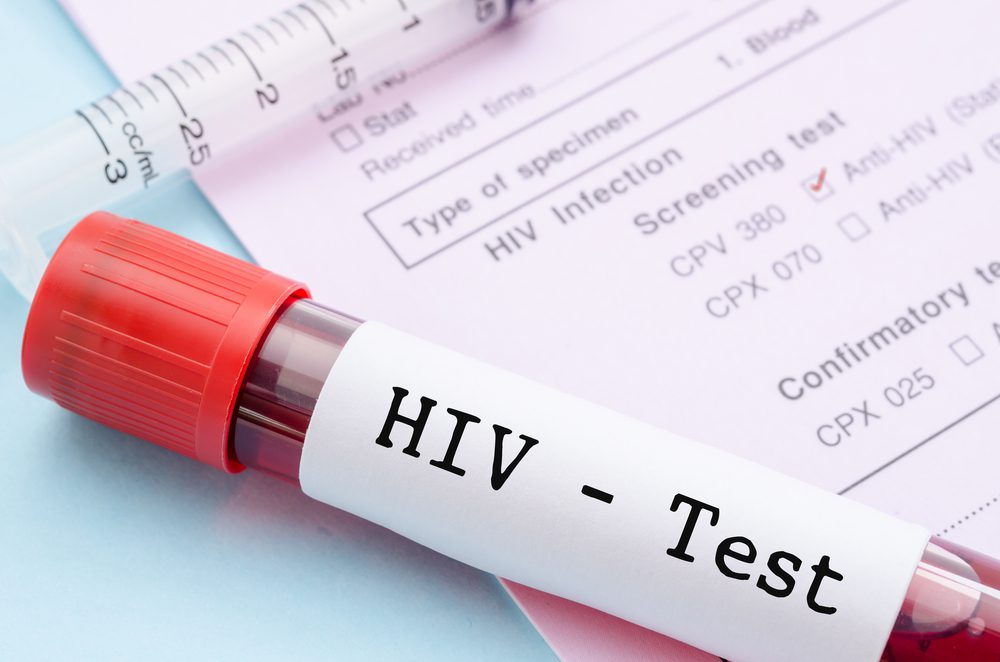The practice sounds almost medieval in its simplicity: alternating between hot and cold temperatures to heal the body. Yet temperature contrast therapy, switching between heat exposure and cold immersion, is gaining unprecedented popularity among elite athletes, wellness enthusiasts, and medical professionals alike.
This ancient practice, with roots in Nordic, Japanese, and Roman bathing traditions, has evolved into a science-backed recovery method that promises benefits ranging from accelerated muscle healing to improved mental resilience. As research continues to validate what traditional cultures have known for centuries, temperature contrast therapy is emerging as a cornerstone of modern recovery protocols.
How temperature contrast therapy works
At its core, temperature contrast therapy operates on a straightforward principle: the body’s physiological response to changing temperatures creates cascading health effects. The therapy typically begins with heat exposure, whether through saunas, hot baths, or heated blankets, followed by cold immersion via ice baths, cold showers, or cryotherapy chambers.
The alternating temperatures cause blood vessels to rapidly dilate and constrict, creating a pumping effect in the circulatory system. During heat exposure, blood vessels expand, increasing blood flow to the skin and extremities. When cold is applied, vessels constrict, pushing blood back toward the core. This vascular gymnastics improves circulation while triggering numerous biological responses that contribute to the therapy’s benefits.
Scientists who have extensively researched temperature stress, notes that this method activates the body’s natural healing mechanisms by simulating environmental challenges our ancestors regularly faced. The controlled stress of temperature fluctuation triggers hormetic responses, beneficial adaptations to mild stressors, that strengthen overall resilience.
The 5 key benefits of temperature contrast therapy
Research has identified several significant benefits from regular practice of temperature contrast therapy. These advantages extend beyond simple recovery and into overall health and performance enhancements.
Enhanced muscle recovery: Athletes have embraced temperature contrast therapy as a powerful recovery tool. The alternating temperatures have been shown to reduce delayed onset muscle soreness (DOMS) by up to 40% in some studies. The therapy works by decreasing inflammation and increasing blood flow to damaged tissues, accelerating the removal of metabolic waste products that accumulate during intense exercise.
Professional sports teams across basketball, football, and soccer have installed contrast therapy facilities in their training complexes, with trainers reporting faster recovery times and improved performance metrics among athletes who regularly use the protocols.
Improved immune function: Perhaps most intriguing among temperature contrast therapy’s benefits is its impact on immune function. Research from the Netherlands has demonstrated that individuals who practice cold exposure techniques, especially when paired with heat therapy, show increased production of white blood cells and enhanced activity of existing immune cells.
Regular practitioners report fewer seasonal illnesses and faster recovery when sickness does occur. This immune-boosting effect appears to work through multiple pathways, including the production of heat shock proteins and the activation of brown adipose tissue, which plays a role in immune regulation.
Enhanced circulation and cardiovascular health: The contrast between hot and cold creates a natural pumping mechanism in the vascular system, improving overall circulation and cardiovascular efficiency. This improved blood flow delivers more oxygen and nutrients to tissues throughout the body while removing waste products more efficiently.
Studies monitoring heart rate variability, a key indicator of autonomic nervous system health, show significant improvements among regular contrast therapy users. These changes correlate with lower resting heart rates and improved blood pressure measurements, suggesting long-term cardiovascular benefits.
Mental health and stress resilience: Beyond the physical benefits, temperature contrast therapy shows promising effects on mental health. The practice triggers the release of endorphins, the body’s natural mood elevators, while also modulating stress hormones like cortisol.
Cold exposure specifically activates the sympathetic nervous system initially, followed by a powerful parasympathetic response, the relaxation system, once the exposure ends. This pattern helps train the body to recover from stress more efficiently, potentially reducing anxiety and improving stress resilience over time.
Improved sleep quality: Regular practitioners of temperature contrast therapy, particularly those who end their routine with cold exposure, report significant improvements in sleep quality. Research supports these anecdotal reports, showing that body temperature regulation plays a crucial role in sleep cycles.
Evening contrast therapy appears to help establish stronger circadian rhythms by triggering the natural temperature drop that signals the body to prepare for sleep. This benefit may be particularly valuable for individuals suffering from insomnia or disrupted sleep patterns due to travel or shift work.
Implementing temperature contrast therapy safely
While the benefits are compelling, experts emphasize that proper implementation is crucial for safety and effectiveness. Temperature contrast therapy should be approached gradually, especially for beginners or those with underlying health conditions.
Most protocols recommend starting with mild temperature differences and short durations, perhaps a warm shower followed by 15-30 seconds of cold water. As tolerance builds, practitioners can increase both the temperature differential and the duration of exposure.
Individuals with cardiovascular conditions, pregnancy, or certain autoimmune disorders should consult healthcare providers before beginning any contrast therapy protocol. The initial physiological stress, particularly from cold exposure, can temporarily increase blood pressure and heart rate, which may be contraindicated for some conditions.
The science behind the sensation
Modern research is validating what traditional wisdom has long suggested about temperature contrast therapy. Studies using muscle biopsies and blood analysis have shown that the practice reduces inflammatory markers while increasing anti-inflammatory compounds like adiponectin.
Cold exposure specifically has been shown to activate brown adipose tissue, specialized fat cells that generate heat through a process called non-shivering thermogenesis. This activation appears to improve metabolic health markers, including insulin sensitivity and glucose regulation.
Heat exposure, meanwhile, increases the production of heat shock proteins, which help repair damaged proteins throughout the body and have been linked to longevity in research models. The combination of these physiological responses creates a potent healing environment within the body.
The future of temperature therapy
As interest in temperature contrast therapy grows, technological innovations are making the practice more accessible. Home contrast therapy systems now offer precise temperature control, while wearable devices can monitor physiological responses to optimize protocols for individual needs.
Research continues to explore new applications, including potential benefits for neurodegenerative conditions, metabolic disorders, and chronic inflammatory diseases. Early studies suggest that regular temperature contrast exposure may provide neuroprotective effects and improve mitochondrial function—benefits that could have far-reaching implications for aging and disease prevention.
For now, temperature contrast therapy remains a remarkably accessible health intervention in a world of increasingly complex wellness technologies. Whether through the simplicity of alternating shower temperatures or the luxury of dedicated hot and cold plunge facilities, this practice offers substantial benefits with minimal equipment requirements.
As modern science continues to validate and refine this ancient practice, temperature contrast therapy stands as a powerful reminder that sometimes the most effective health interventions are also the most fundamental, working with the body’s natural responses to environmental changes rather than against them.













